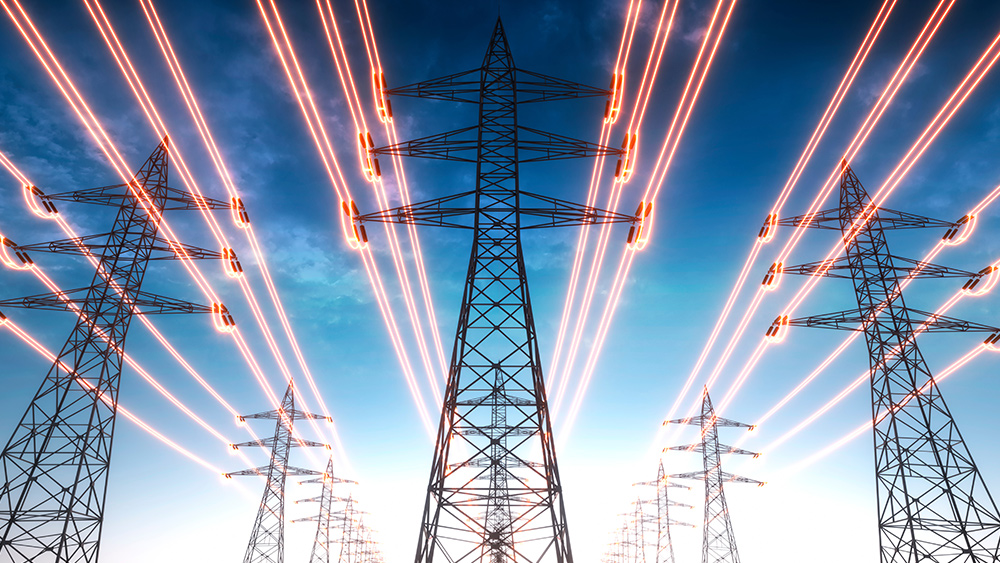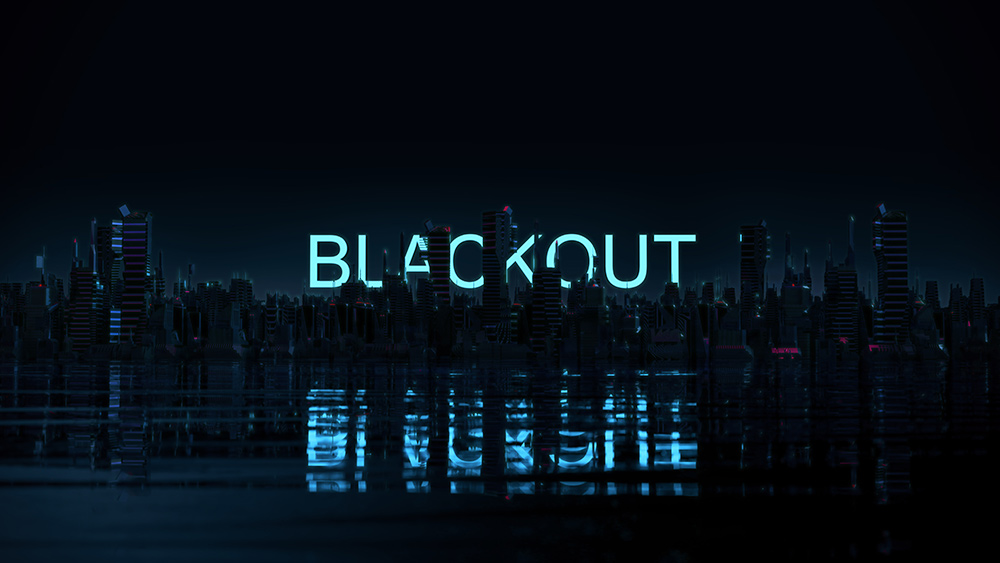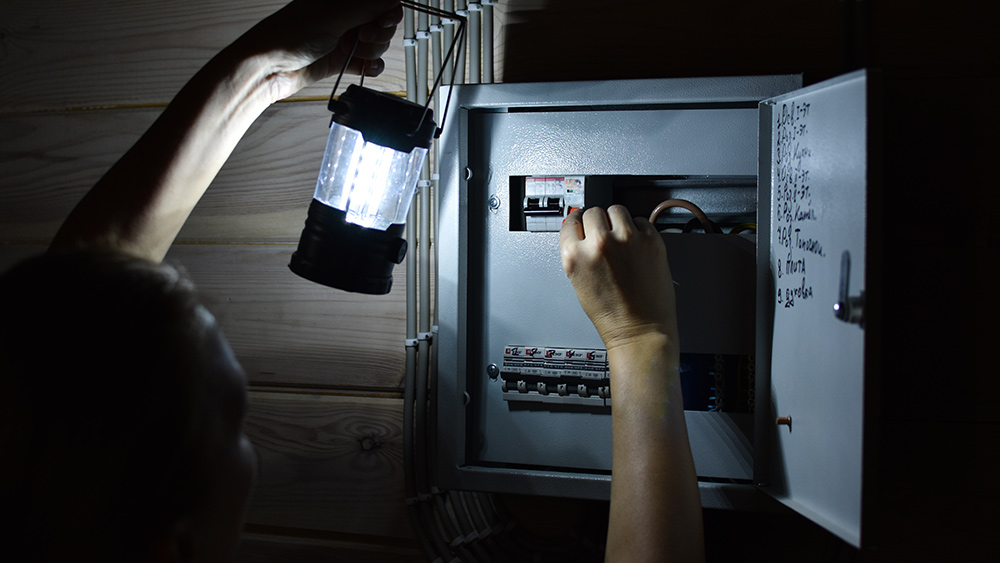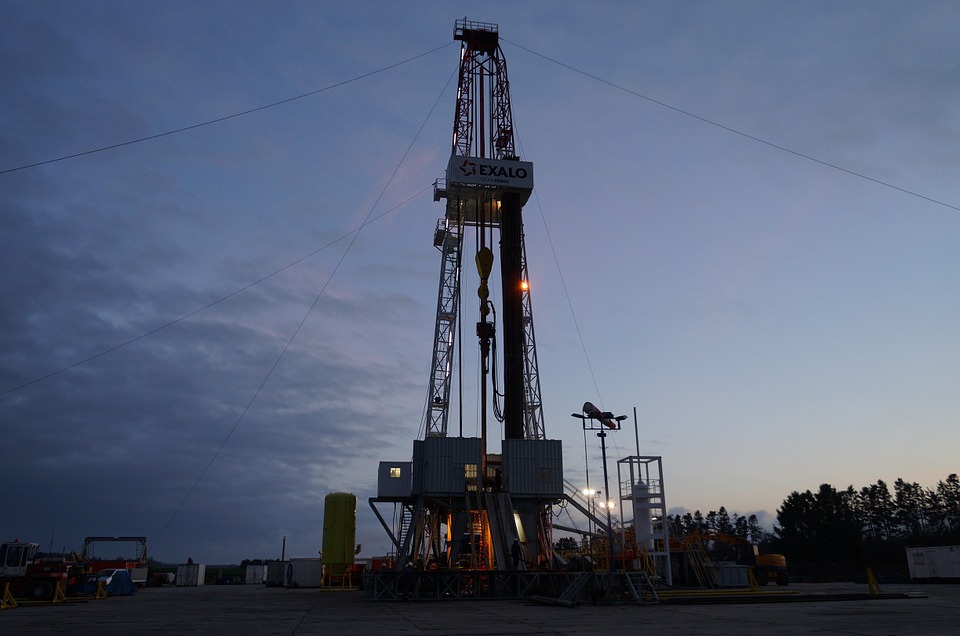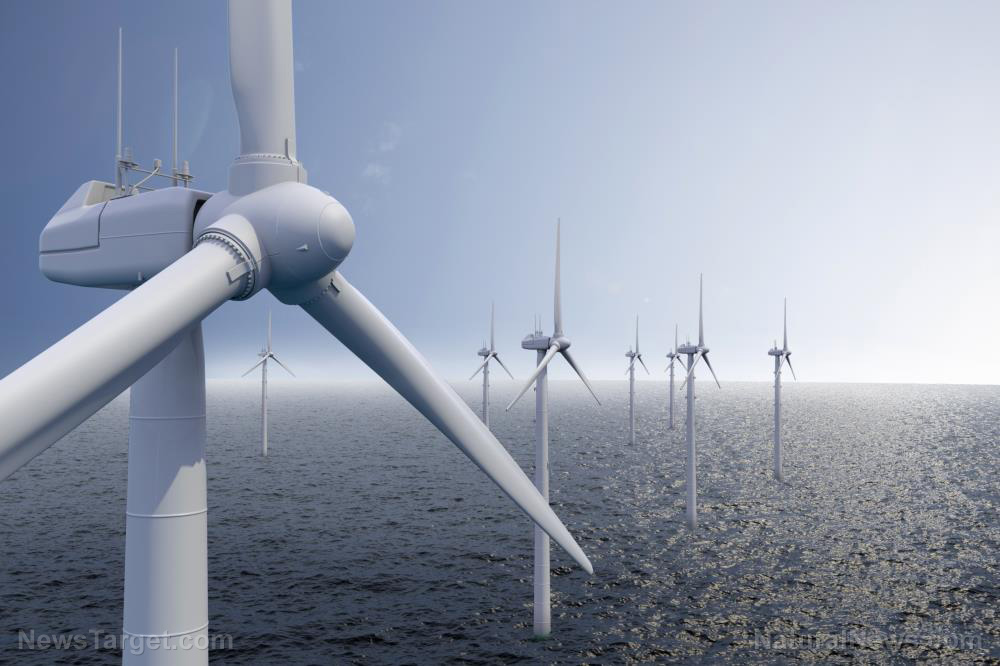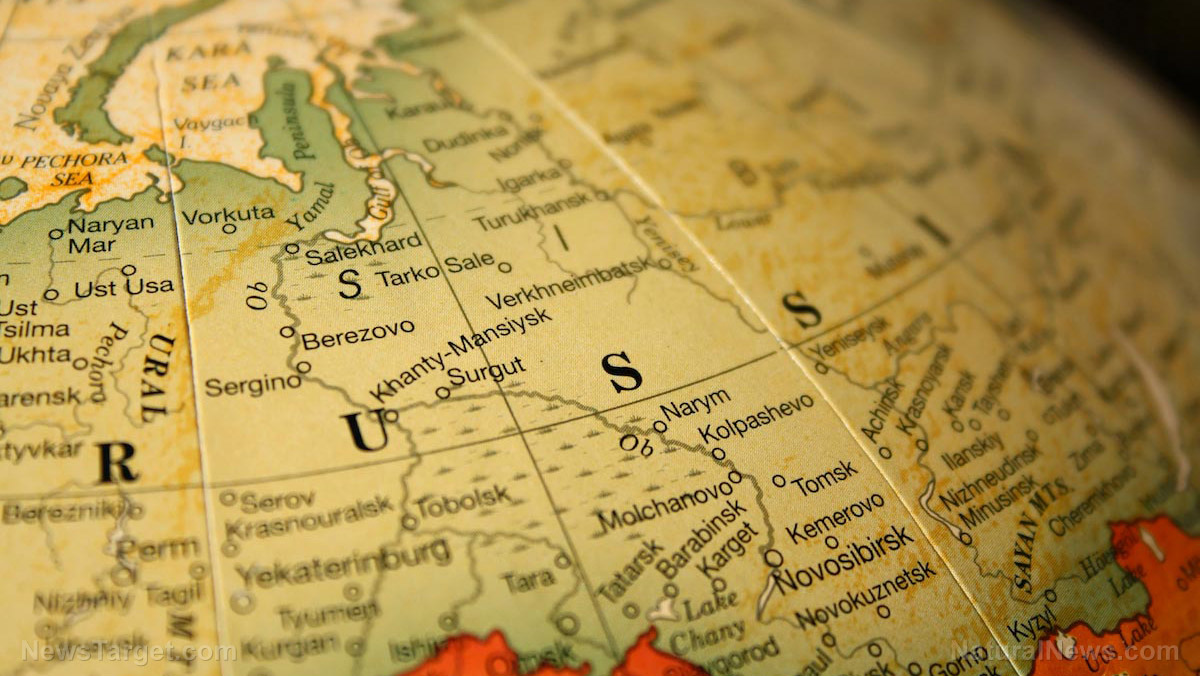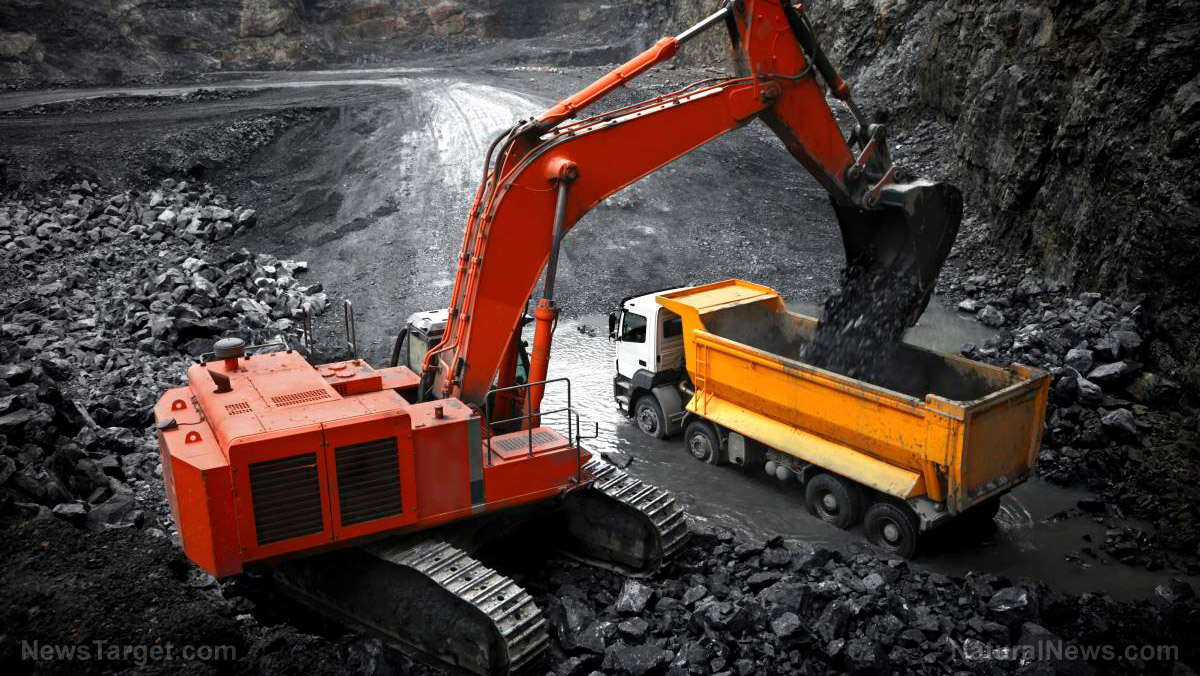Trillion-dollar grid overhaul needed to prevent more Spain-style blackouts, experts warn
05/05/2025 / By Cassie B.
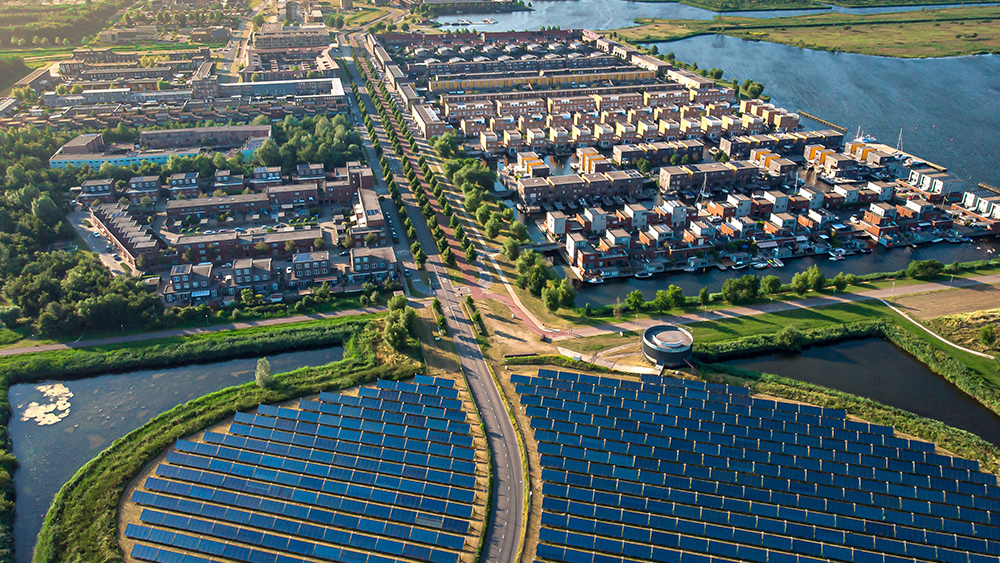
- Europe’s outdated power grid is struggling to handle renewable energy growth, leading to massive blackouts like Spain and Portugal’s worst-ever outage.
- Aging infrastructure and insufficient grid investment leave Europe vulnerable, with $600 billion per year needed for upgrades by 2030.
- Spain’s blackout, losing 60% of power in seconds, highlights risks of relying on renewables without stable backup or strong grid connections.
- Europe must invest trillions in modernization and storage to prevent future collapses as demand surges from EVs, data centers, and green energy.
- Repeated grid failures, including suspected sabotage of undersea cables, raise concerns about Europe’s ability to sustain its energy transition.
The European Union’s aggressive push toward renewable energy has collided with the harsh reality of an outdated power grid, leaving millions in the dark and exposing the fragility of its energy transition. Last week, Spain and Portugal suffered their worst blackout in history, a crisis that analysts warn could become more frequent unless Europe invests trillions to modernize its aging infrastructure. The outage, which left 60 million people without power, has reignited debates over whether the EU’s green energy ambitions are outpacing its ability to deliver reliable electricity.
A grid on the brink
Europe’s power grid, largely built in the 20th century, is struggling to keep up with soaring demand from electric vehicles, data centers, and the rapid expansion of wind and solar energy. Half of the continent’s transmission lines are over 40 years old, and investment in grid upgrades has stagnated at around $300 billion annually, which is far short of the $600 billion per year needed by 2030, according to the International Energy Agency.
Spain’s outage, which occurred last week, saw power generation drop by 15 gigawatts—60% of the country’s demand—in just five seconds. The cause remains under investigation, but early reports suggest a failure in a high-voltage line connecting France and Spain, compounded by Spain’s heavy reliance on intermittent solar and wind power.
The perils of energy isolation
Spain’s grid is particularly vulnerable because it lacks sufficient connections to neighboring countries. With only 5% of its power capacity linked outside the Iberian Peninsula, it cannot easily import electricity during shortages. The EU has set a target for member states to achieve 15% interconnection by 2030, but Spain lags far behind.
José Luis Domínguez-García of Spain’s energy research center IREC warned that the country needs more links to France and Morocco to stabilize its grid.
The blackout also exposed the risks of phasing out reliable baseload power sources. Spain plans to shut down all seven of its nuclear reactors by 2035, leaving it dependent on renewables that lack the inertia of traditional power plants. When the grid’s frequency dropped during the outage, solar and wind farms automatically disconnected, worsening the collapse.
A trillion-dollar overhaul
The European Commission estimates that $2–2.3 trillion in grid investments will be needed by 2050 to handle rising demand and renewable integration. Last year, European firms spent €80 billion ($90.5 billion) on grid upgrades—a step in the right direction but still insufficient.
Energy experts argue that Europe must prioritize storage solutions, such as batteries and flywheels, to balance supply fluctuations. The continent currently has just 10.8 gigawatts of battery storage, far below the 200 gigawatts required by 2030.
A warning for the future
The Spain-Portugal blackout is not an isolated incident. In March, London’s Heathrow Airport was shut down by a substation fire, and Europe has faced repeated disruptions to undersea cables, with some suspected to be acts of sabotage. The outages underscore the vulnerability of a grid strained by political, technical, and geopolitical pressures.
As Europe races toward its green energy goals, the question remains: Can it avoid more catastrophic failures, or will its power grid become the next casualty of an unsustainable transition?
Sources for this article include:
Submit a correction >>
Tagged Under:
energy, green energy, grid collapse, power grid
This article may contain statements that reflect the opinion of the author
RECENT NEWS & ARTICLES
Electricity.News is a fact-based public education website published by Electricity News Features, LLC.
All content copyright © 2018 by Electricity News Features, LLC.
Contact Us with Tips or Corrections
All trademarks, registered trademarks and servicemarks mentioned on this site are the property of their respective owners.



